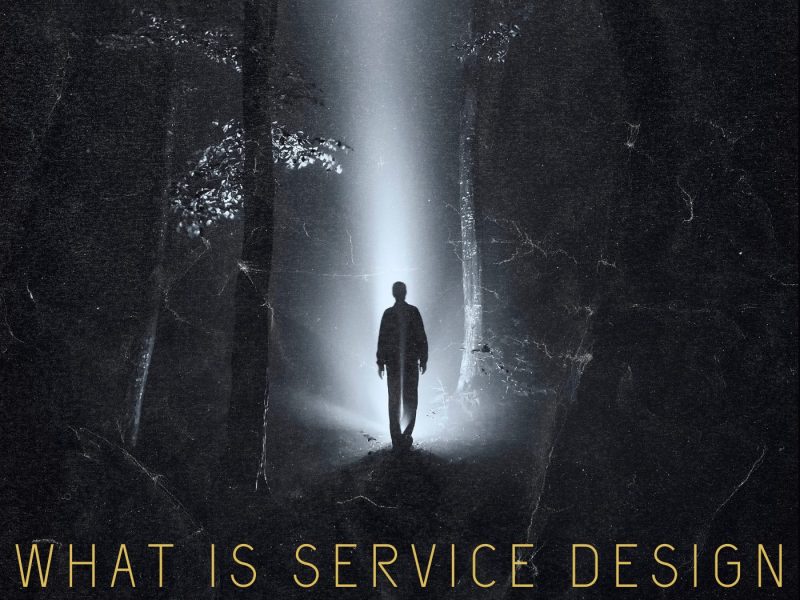Unlocking Design Excellence: Your Guide to DesignOps
Ever wonder how some companies consistently deliver amazing products and services that delight users? It’s not magic; it’s often the result of a well-oiled design machine. In today’s fast-paced digital world, good design is no longer just a nice-to-have; it’s an essential competitive advantage. This is where DesignOps comes in.
Think of DesignOps like setting up an assembly line but for design. It’s a system designed to help everyone work together smoothly and efficiently to create those beloved products. Instead of designers working in isolation with their own methods and tools, DesignOps standardizes workflows and practices, bringing order to the chaos that can arise, especially in rapidly growing companies. It’s all about making design teams more impactful.
So, what exactly is DesignOps and why is it the hot topic everyone’s talking about?
Beyond Aesthetics: Design as a Strategic Driver
DesignOps recognizes that design isn’t just about making things look pretty. It’s about solving business problems through design. By aligning design initiatives with overall business objectives, DesignOps elevates design from a purely creative function to a strategic business driver. This allows companies to measure the impact of design and demonstrate its value to the organization, showing the ROI (Return on Investment) of design efforts.
The Building Blocks of DesignOps
Implementing DesignOps involves several key components:
- Standardized Workflows: This is a foundational element. By creating clear, repeatable processes, designers don’t have to reinvent the wheel for each project, freeing them up to focus on creative problem-solving.
- Technology Optimization: Ensuring your team is using the right tools for the job is crucial. Platforms designed for design teams can streamline collaboration and work. It’s not just about having a process, but having the tools to support that process.
- Resource Management: The best processes and tools won’t matter if your team lacks the necessary training, support, and resources. Investing in your people is essential for their success.
- Team Structuring: Organizing teams to maximize collaboration and communication is key. This might involve creating cross-functional teams or defining clear roles and responsibilities. It’s about having the right people in the right roles.
- Strategic Alignment: As mentioned, ensuring design initiatives are closely tied to the overall business strategy reinforces design’s role in solving real business problems.
The Power of a Well-Oiled Machine: Benefits of DesignOps
When implemented effectively, DesignOps delivers significant benefits:
- Increased Efficiency: By standardizing workflows and optimizing tools, teams become much faster. This means a significant reduction in project time.
- Enhanced Collaboration: DesignOps helps build a common language and streamlines communication between design and other departments, minimizing frustrating misunderstandings. This fosters better alignment around shared goals.
- Faster Time to Market: Improved efficiency and collaboration directly lead to a quicker product development cycle, getting products and services to customers faster.
- Higher Design Quality and Consistency: Streamlined processes and better tools naturally result in a higher level of design quality and consistency across products and platforms.
- Improved Customer Experience: Well-designed products that are easy and enjoyable to use lead to higher conversion rates, repeat business, and positive word-of-mouth.
- Scalability: As companies grow rapidly, DesignOps provides a blueprint for growth, allowing organizations to scale design operations without sacrificing consistency or quality.
Getting Started: Practical Steps
Embarking on your DesignOps journey might seem overwhelming, but the key is to start small and take it one step at a time.
- Assess Your Current State: Talk to your team, observe workflows, and identify the most pressing pain points or bottlenecks in your current process. Think of it as a design audit – diagnose before you prescribe.
- Define Your Vision and Goals: What do you hope to achieve with DesignOps? Faster delivery? Better quality? Improved collaboration? Having a clear vision acts as your north star.
- Start Small, Iterate, and Expand: Choose one or two key areas to focus on initially, like standardizing a specific workflow or introducing a new tool. Baby steps lead to big changes. As you see small wins, gradually expand your efforts.
- Involve Your Design Team: This is crucial. DesignOps should be a collaborative effort, not imposed from the top down. Get their buy-in, listen to their feedback, and empower them to be part of the solution. Their input is invaluable.
- Be Patient and Flexible: Implementing DesignOps takes time and effort. There will be challenges. Be patient, stay focused on your vision, and celebrate small victories. Remember, DesignOps should be a guide, not a straight jacket. Be willing to adapt and iterate to find what works best for your team and organization.
Common Pitfalls to Avoid
While the benefits are significant, be aware of potential traps:
- Ignoring Designer Input: Implementing processes without involving the people who will use them is a recipe for failure.
- Undefined Responsibilities: Lack of clarity on who is responsible for what can cause tasks to fall through the cracks.
- Underestimating Resources: Failing to provide your team with the necessary tools, training, and support sets them up for failure.
- Neglecting Metrics: If you don’t track your progress, you won’t know what’s working. Data is essential for continuous improvement.
- Being Too Rigid: Being overly focused on strict rules can stifle creativity and innovation.
Real-World Success Stories
Companies across various industries, including well-known names, have embraced DesignOps and seen impressive results. For example:
- Airbnb reportedly cut their design project time in half and saw a significant increase in design consistency and quality after implementing DesignOps.
- Netflix improved collaboration between designers and engineers, leading to a faster development cycle and fewer errors.
- Spotify used DesignOps to create a highly scalable design system, maintaining consistency across platforms even during rapid growth.
These examples demonstrate that DesignOps is not just for tech giants; companies of all sizes can benefit.
Conclusion
DesignOps is more than just streamlining design workflows. It’s about empowering design teams to be more strategic, more impactful, and ultimately more successful. It weaves design excellence into the very fabric of the organization, resulting in amazing products, delighted customers, a stronger bottom line, and a happier design team.
By starting small, focusing on your vision, involving your team, and committing to continuous improvement, DesignOps can truly transform your organization and unleash the full potential of your design team.

